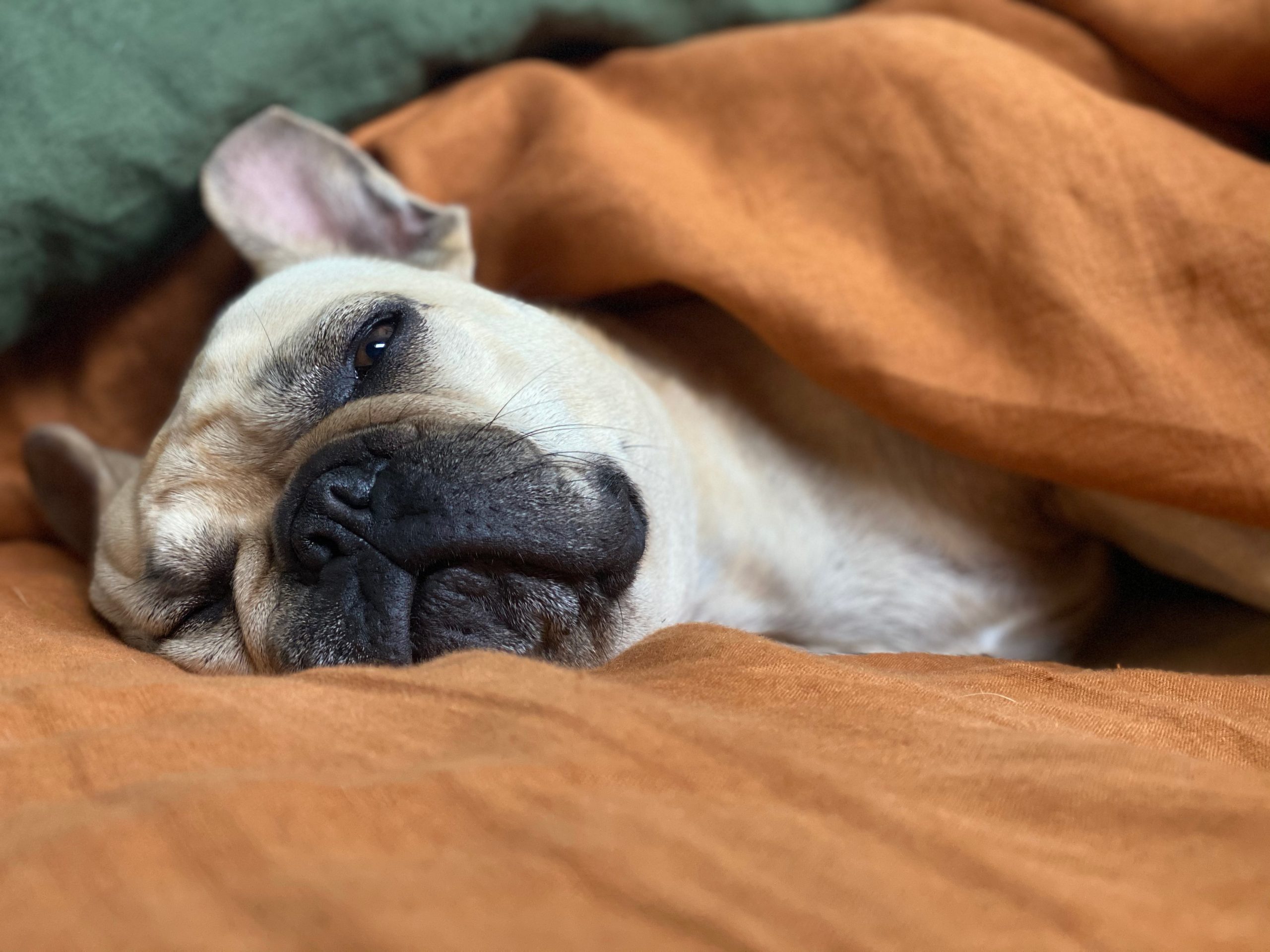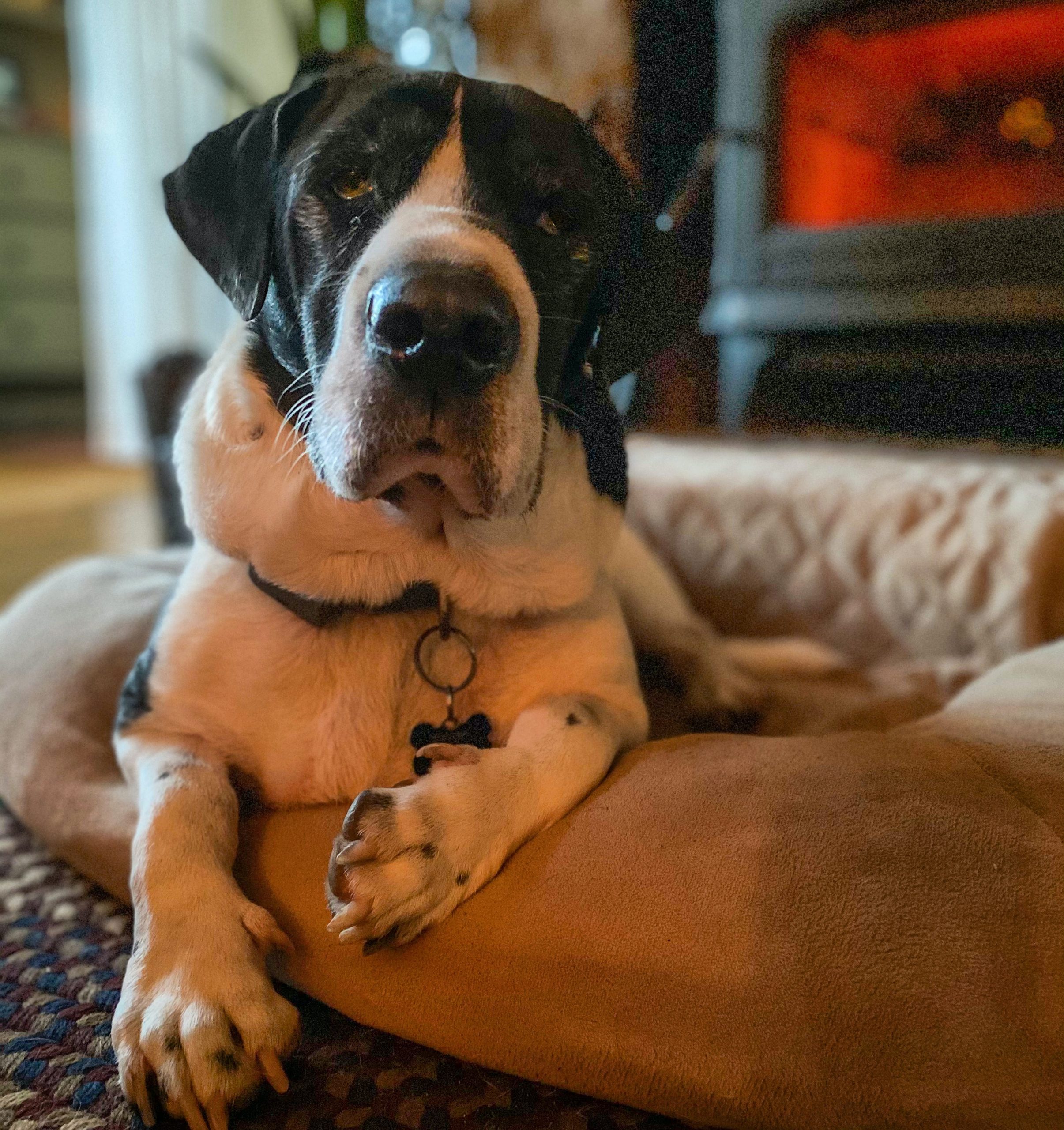Finding Your Perfect Match: The Ultimate Guide to Low-Energy Dog Breeds
A comprehensive guide to choosing the perfect low-energy dog breed for your lifestyle, including information on different sizes and specific breeds, grooming needs, exercise requirements, and potential health concerns.
Factors to Consider When Choosing a Low-Energy Dog Breed
When selecting a low-energy dog breed, it’s crucial to assess various factors to ensure a harmonious match with your lifestyle and living environment. One essential consideration is the breed’s energy level, as it directly impacts the dog’s activity requirements and the owner’s ability to meet them. For example, if you have a laid-back lifestyle and prefer indoor activities, a low-energy breed like a Chihuahua or Pomeranian may be an excellent fit due to their preference for shorter walks and indoor exercises.
Another vital aspect to contemplate is the size of the dog breed. Larger low-energy breeds, such as Bernese Mountain Dogs or Great Danes, might not be suitable for small apartments due to their size and exercise needs. On the other hand, small low-energy breeds like Brussels Griffons or Cavalier King Charles Spaniels are often more adaptable to compact living spaces, making them a better choice for apartment dwellers. Moreover, grooming requirements play a significant role in the decision-making process. Breeds like the Bichon Frise and Chow Chow may seem low-maintenance due to their size, but their grooming needs are more demanding, which should be taken into account before making a selection.
Furthermore, it’s essential to acknowledge the long-term commitment involved in bringing a low-energy dog into your home. This commitment extends beyond just the initial stages and requires careful evaluation of your lifestyle, family dynamics, and living situation. For instance, if you have a busy work schedule or travel frequently, choosing a breed that is comfortable with being alone and has lower exercise demands is crucial for the well-being of the dog and your ability to meet its needs. Therefore, taking the time to thoroughly evaluate your circumstances and the specific requirements of potential low-energy breeds is essential for a successful and fulfilling companionship.
Low-Energy Toy Dog Breeds
When it comes to low-energy toy dog breeds, Chihuahuas, Pomeranians, and Maltese are popular choices known for their calm demeanor and adaptability to indoor living. These small breeds are ideal for apartment dwellers, as they don’t require extensive outdoor exercise and are content with short walks or indoor play sessions. Their grooming needs are also relatively low-maintenance, but regular brushing and coat care are essential to keep their fur healthy and tangle-free. For example, the Maltese, with its long, silky coat, requires frequent brushing to prevent mats and tangles, while the Chihuahua’s short coat needs minimal grooming but benefits from occasional baths and brushing to keep it clean and healthy.
Furthermore, mental enrichment is crucial for these low-energy toy breeds, as they are intelligent and can easily become bored without mental stimulation. Engaging them with interactive toys, puzzle feeders, and short training sessions can help keep their minds active and prevent behavioral issues that may arise from boredom, such as excessive barking or destructive chewing. Additionally, incorporating short, moderate activities indoors, such as hide-and-seek games or indoor agility exercises, can provide the necessary physical exercise for these toy breeds while catering to their low-energy nature. By understanding the specific needs of low-energy toy dog breeds like Chihuahuas, Pomeranians, and Maltese, prospective owners can ensure a harmonious living environment and a healthy, happy life for their beloved companions.
Low-Energy Small Dog Breeds
When it comes to small low-energy dog breeds, there are several options that are well-suited for individuals seeking laid-back canine companions. For example, the Brussels Griffon, known for its low energy levels, is a delightful choice for those living in urban settings. With its affectionate and adaptable nature, it makes for an excellent companion for individuals with a relaxed lifestyle. Additionally, the Cavalier King Charles Spaniel is another small breed with low energy requirements, making it a great fit for city dwellers. This breed thrives in a calm environment and enjoys regular grooming to maintain its coat and skin health.
Moreover, the Pekingese is a small low-energy dog breed that is suited for those looking for a laid-back companion. This breed is known for its independent yet affectionate nature and is well-adapted to city living. Regular grooming is essential for the Pekingese to keep its coat and skin in optimal condition. These small low-energy breeds are suitable for individuals seeking a relaxed and low-maintenance canine companion, as they thrive in a calm environment and require moderate daily activities to stay healthy and happy.
In conclusion, small low-energy dog breeds like the Brussels Griffon, Cavalier King Charles Spaniel, and Pekingese are ideal choices for individuals with a laid-back lifestyle, as they adapt well to city living, require regular grooming, and benefit from moderate daily activities to maintain their health and well-being.
Medium Low-Energy Dog Breeds
When considering medium low-energy dog breeds, it’s essential to take into account their specific characteristics and grooming needs. For example, the Basset Hound, known for its low energy, requires daily walks to prevent obesity and maintain its health. These dogs are prone to weight gain, so it’s crucial to engage them in moderate exercise to keep them fit and healthy. Similarly, the Chow Chow, another medium low-energy breed, demands early obedience training and regular grooming to keep its coat and skin in good condition. This breed’s distinct coat requires special attention, and it’s important to establish a consistent grooming routine to prevent matting and skin issues.
In addition to their grooming needs, medium low-energy dog breeds, like the English Bulldog, thrive in a laid-back environment but still require regular physical activities to stay healthy. Despite their low-maintenance nature, these dogs need daily exercise to prevent health complications associated with obesity. Therefore, prospective owners should understand that while these breeds may have lower energy levels, they still have essential grooming and exercise requirements to maintain their well-being. By being aware of these specific needs, individuals can make an informed decision when choosing a medium low-energy breed that aligns with their lifestyle and ability to provide the necessary care.
Large and Extra-Large Low-Energy Dog Breeds
Large and extra-large low-energy dog breeds, such as the Bernese Mountain Dog, are known for their gentle and calm nature, making them suitable companions for laid-back individuals or families. Their low energy levels make them well-suited for indoor living and limited outdoor time, making them an excellent choice for apartment dwellers or those with small living spaces. Despite their size, these breeds are content with moderate exercise and enjoy leisurely walks, making them an ideal fit for individuals seeking a low-energy canine companion.
In addition to their temperament and exercise needs, large and extra-large low-energy dog breeds like the Great Dane are also characterized by their grooming requirements. Their coats need regular maintenance to ensure their skin and fur remain healthy, which may involve brushing, bathing, and occasional grooming sessions. It’s essential for potential owners to factor in the time and resources needed to maintain the coat and overall hygiene of these breeds. Moreover, due to their size and weight, large and extra-large low-energy dog breeds are prone to specific health concerns, such as joint issues and bloat, which should be taken into consideration when choosing a breed that fits one’s lifestyle and living situation.
When considering a Newfoundland, it’s important to note that while they have a low activity level, they still require regular exercise to prevent obesity and maintain their health. This breed is known for being a gentle giant with a loving and loyal nature, making them a wonderful choice for families with children or individuals seeking a devoted and low-energy companion. Ultimately, the decision to bring a large or extra-large low-energy dog breed into one’s home should be made after careful consideration of the grooming needs, exercise requirements, and potential health issues associated with these breeds, ensuring a harmonious fit with the owner’s lifestyle and living environment.



